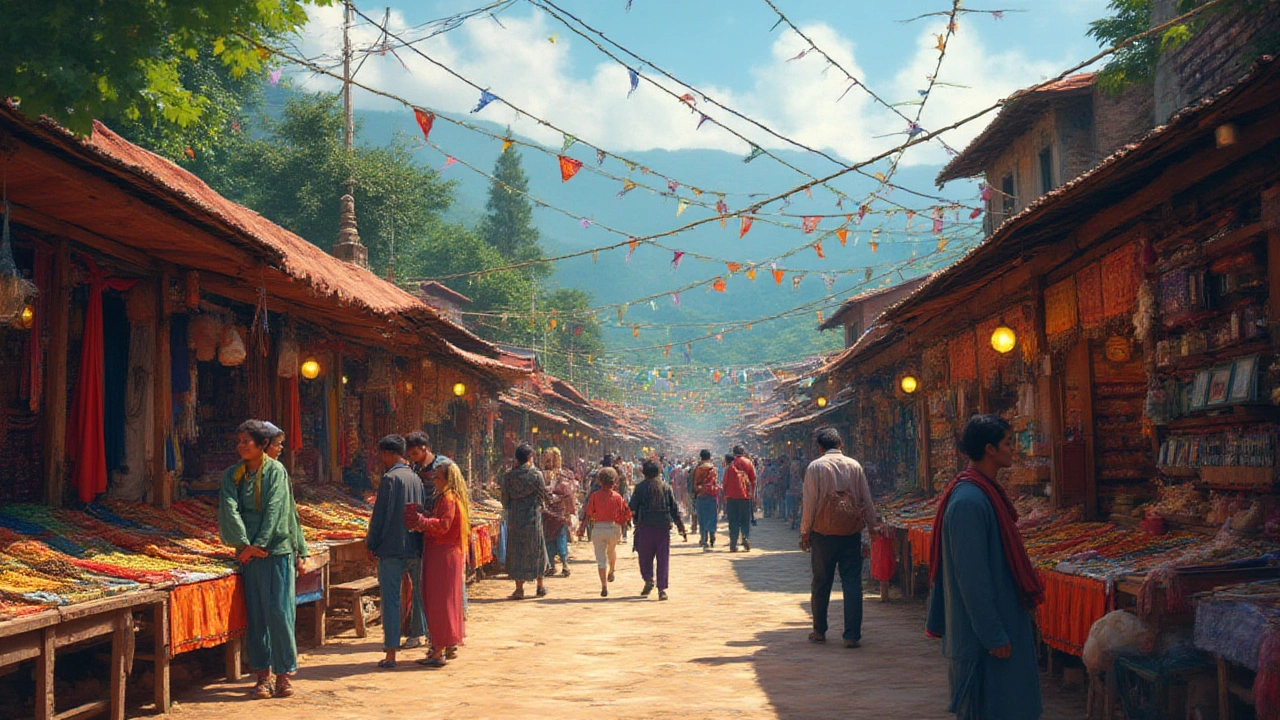SEARCH
North East India Travel Guide – What You Need to Know
Did you know the North East accounts for more than half of India’s waterfalls and houses seven distinct cultures in just 200,000 square kilometres? It’s a compact region that packs a punch, perfect for travelers who want scenery, adventure, and authentic vibes without the crowds of the mainland.
Getting started is simple: pick a base city, decide how many days you have, and then match activities to the season. Most visitors fly into Guwahati (Assam) or Kolkata and catch a short domestic flight or a scenic train ride to the heart of the hills. From there you can hop on shared jeeps, local buses or rent a bike to explore at your own pace.
Must‑Visit Destinations
Assam is the gateway. Don’t miss the tea gardens of Jorhat, the wildlife haven of Kaziranga National Park, and the river‑front charm of Majuli Island. A sunrise boat ride on the Brahmaputra will give you photo‑ready moments and a taste of local life.
Meghalaya lives up to its name – the "Abode of Clouds". Shillong’s bustling market, the living root bridges of Cherrapunji, and the crystal clear waters of Dawki are crowd‑pleasers. If you love trekking, the Mawphlang forest trail offers quiet paths and misty hills.Arunachal Pradesh feels like the wild side of India. The town of Ziro, famous for its music festival, is set in a valley of rice fields and pine forests. Tawang’s monastery sits at 10,000 feet and provides stunning views of the Himalayas.
Sikkim is a compact gem with a mix of Buddhist culture and high‑altitude adventure. Gangtok’s cafés, the pastel lakes of Tsomgo, and the trek to Goecha La deliver scenery that rivals the Alps.
For a quick beach escape, head to Manipur’s Loktak Lake. Its floating islands (phumdis) are unique and great for a leisurely boat ride.
Practical Travel Tips
Best time to visit: October to March brings cool, clear weather ideal for trekking and sightseeing. Monsoon (June‑September) can be beautiful but roads get slippery, especially in Meghalaya.
Getting around: State‑run buses are cheap but often packed. For flexibility, book a private taxi for longer legs – it costs more but saves time. In smaller towns, shared jeeps are the most common local transport.
What to pack: Light rain jacket, sturdy trekking shoes, a reusable water bottle, and a power bank. The region’s climate changes quickly, so layers are a must.
Safety: The North East is generally safe for tourists. Keep an eye on local news for any border advisories, especially in Arunachal. Carry a copy of your ID and travel insurance details.
Food: Try local dishes like Assam’s fish tenga, Meghalaya’s bamboo shoot pickle, and Sikkim’s momo. Street food is tasty, but pick stalls that look clean and busy.
Planning your itinerary? A 10‑day loop works well: 2 days in Guwahati, 3 in Shillong, 2 in Cherrapunji, 2 in Tawang, and a day for Sikkim’s Gangtok if you can catch a quick flight. Adjust days based on your interest – more trekking means more time in the hills.
Finally, respect the local customs. Many communities have distinct dress codes and religious practices. A friendly smile and a little effort to learn a few words in the local language go a long way.
With these basics, you’re ready to experience the North East’s rugged beauty, warm people, and unforgettable adventures. Pack your bags, follow the tips, and let the hills surprise you.

How Many Days Do You Need to Explore North East India? The Complete Travel Duration Guide
Wondering how many days you need to truly see North East India? Explore must-visit spots, sample itineraries, travel tips, and essential facts for planning your trip.
Continue reading